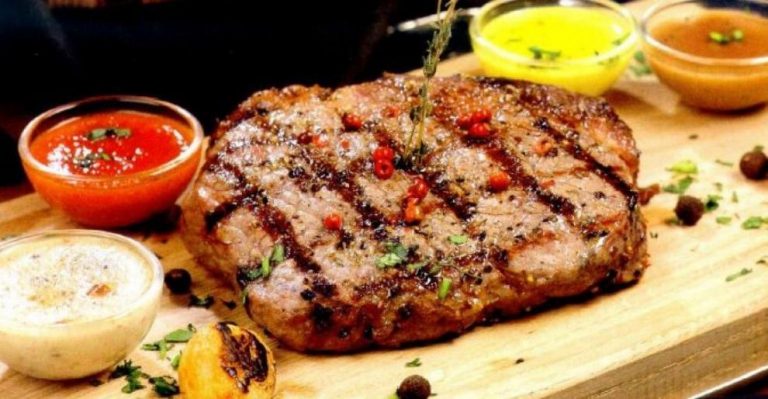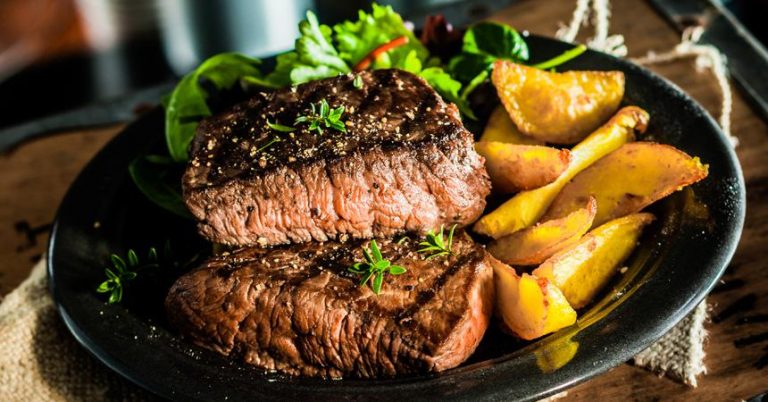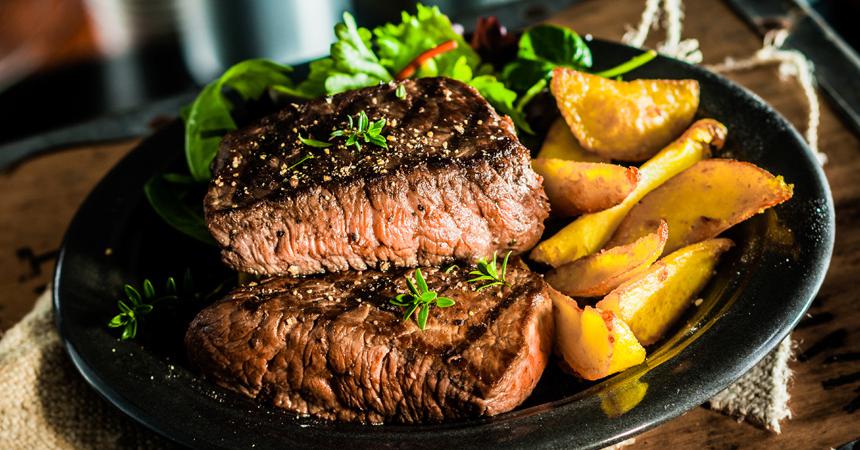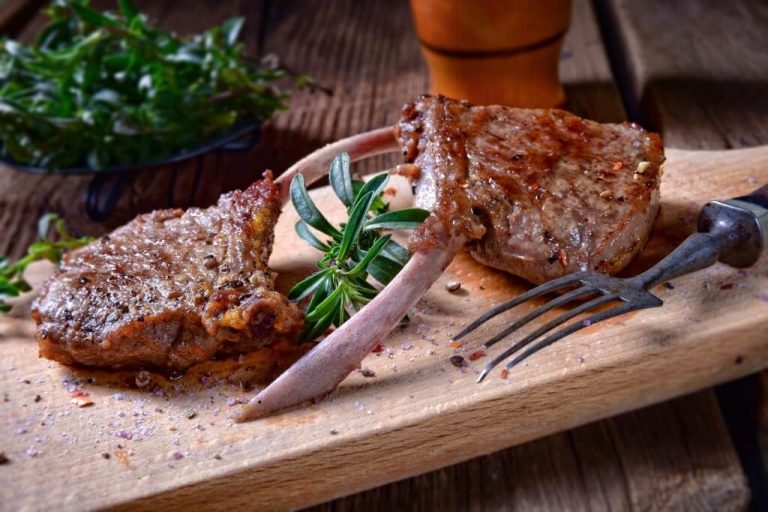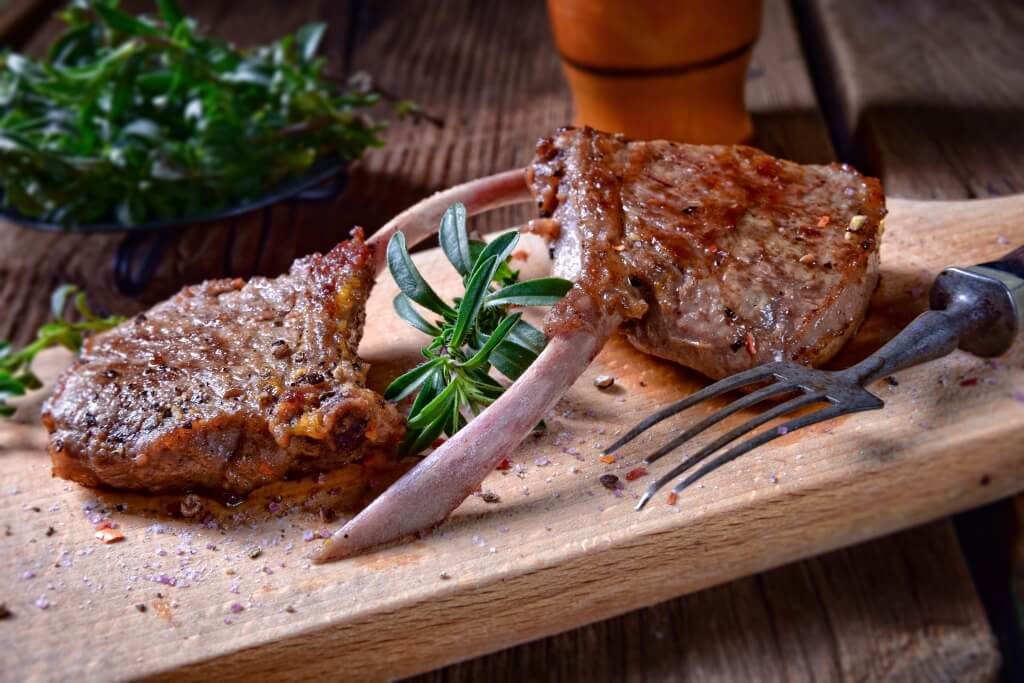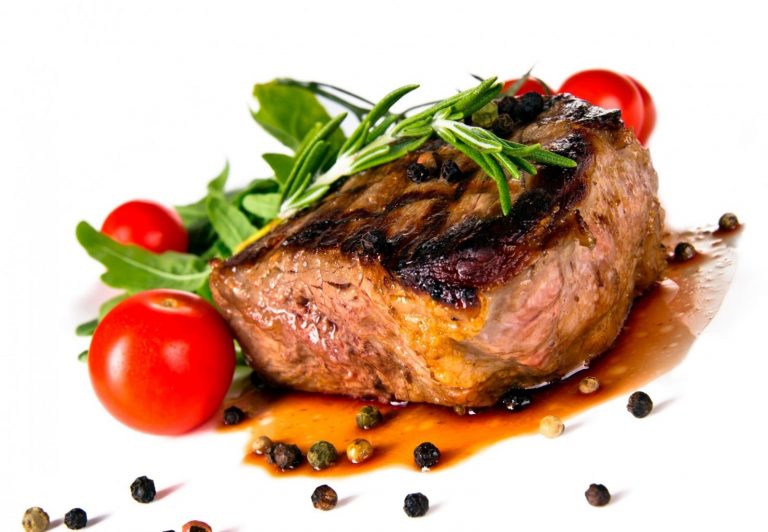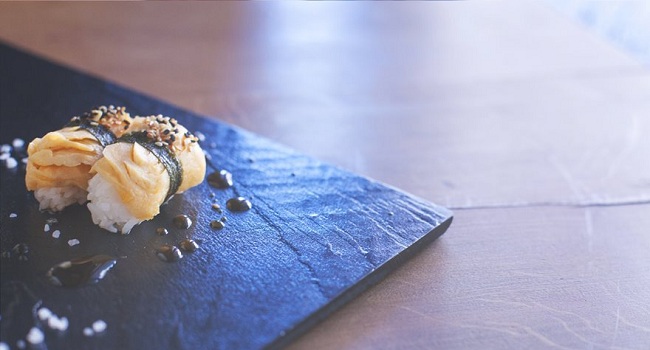Grilling season has come, and now, after a long winter period, when everything was cooked in four walls, you can refresh your memory of all the subtleties of grilling meat. To do this, we turned to a person who not only loves meat but loves it very much: Chef Tim Love, one of the hosts of the Restaurant Startup show on CNBC, a Texan resident, owner of 10 popular restaurants, and a master of grilling meat. The Love chef shared his secrets of cooking meat and told his own steak recipe.

- In the supermarket, choose the most tender meat.
“The most tender meat is a long beef sirloin”, – jokes Love. This refers to meat from the narrow end of the tenderloin. This filet mignon is the most tender meat and the most expensive. If your store’s price tag is too high, check out the second option (New York chop tenderloin), the third (rib steak), or even the fourth option (short sirloin tenderloin) of the most tender meats, as advised by butcher Chris Heyword of Lobel’s Prime Meats in New York City. If you have a group of people, the flank pulp is also a good low-cost choice.
- Don’t underestimate the most inexpensive cuts of meat.
Love and Heyword find flank meat is most often underestimated when choosing meat to grill. “This tenderloin is very thin so it cooks very quickly and is also quite flavorful,” says Love and gives a secret recommendation. “The outside flank is softer than the inside neckline, but these clippings are not always labeled, so you should ask the butcher a question. “
- Ask for tenderloin sirloin or bavette.
According to Love, the steak with fries, which is very popular in Argentina and France, is served with bavette, but in American restaurants, it is practically not ordered, so it is quite inexpensive. “It is very aromatic and has a very good texture. It looks like brisket but fries like a steak, ”he says. This meat is hard to find in supermarkets, but if you see it, take it! You will not be disappointed.
- Do not grill meat that you usually stew or fry in a pan.
“Ribs, brisket, shank, or rump are not suitable for grilling, as are any” working muscle “tenderloins, says Love. There is a little fat in this place, so this meat takes longer to cook. “If you cook this meat, you have to try hard to chew it,” says Love. This meat is best cooked in the oven or smoked.
- Look for meat that has as many streaks of fat as possible.
When choosing a steak, take a close look at the intramuscular fat, that is, the fat streaks. If fatty streaks run through the entire piece of meat, then this is a clear sign that the meat is very fragrant. If you like a juicy and soft steak, look for meat with as many of these veins as possible.
- Choose dark red meat.
“I always choose the darkest red meat I can find. The lighter the meat, the longer it lasts and the more it oxidizes, ”says Love.
- Trust your intuition.
“Don’t be afraid to tell a butcher or supermarket clerk, ‘I want that piece over there, fifth from the top,’” recommends Love. When you find what you are looking for, choose the very best from what you see.
- Use peanut butter instead of olive oil.
Love rubs steaks with peanut butter instead of olive oil because it has a higher smoke threshold. This means that if you grill meat at a high temperature (“the way it should be” according to Love), the oil will not burn and there will be no bitter taste. Love also loves the scent of peanut butter, but if you are not an avid peanut butter fan, go for grape seed oil, which has a neutral odor and a high smoke point.
- Add spices before frying.
Love always salt and pepper the steak before frying. This creates an excellent crunchy crust with a beautiful texture. “If you add salt and pepper to a steak during the frying process, then this effect will no longer be there,” says Love. Moreover, salt the steak twice as much as you think is necessary, and add spices with your hand high to distribute more evenly over the steak. “Plus, you’ll look great,” says the chief.
- Turn meat only once.
“The more you turn the meat, the drier it gets. But if you want well-done meat, turn as much as necessary, ”experts say.
- Close the cover.
This is one of the biggest secrets. Even though this secret is very simple, most people who grill do not close the lid. “You want to take full advantage of the grilling and smoke aroma! So close the lid. This will change the flavor of the meat you are cooking and also keep it hot, which is very important, ”says the master.
- Use a thermometer.
“The best way to determine the degree of cooking of meat is to use a thermometer,” says Love. Here’s a quick guide: Meat with blood at 130 ° F, lightly cooked at 135 ° F, medium-cooked at 145 ° F, well-done at 150 ° F, and fully cooked at 160 ° F. “Don’t worry, if you constantly have to pierce the meat with a knife, all the juice will not come out. This is a myth, ”says the chief.
- Remove the meat from the grill early, let it rest, and then quickly fry the meat again on both sides.
“As soon as the meat touches the grill grate, it begins to shrink, the top layer begins to stretch.” says the cook. If you want the steak to be tender, Love recommends that the meat rest, “relax”, not on the grill. Meat can cool down when it is allowed to rest, so Love has one trick he uses to ensure that meat is always served at the ideal temperature:
Firstly, he cooks the meat in such a way that it is slightly undercooked. Then he turns the steak over, removes it from the grill, and lets it rest for 15 minutes. The meat will juice up a bit, but Love says it’s okay: “All the juices won’t come out of the steak.”
Then he puts the steak back on the grill (with the side up where the steak was removed from the grill) and grills the meat for another three or four minutes to bring the temperature up to the desired temperature. “This way the steak will be hot when you serve it, and the steak will be as deeply cooked as necessary when you put it on the plate,” says the master.
- Add some lemon juice.
After the steak is removed from the grill, Love squeezes a lemon onto the steak to add some acidity and flavor and release some fat. For even better results, use a slightly grilled lemon. Just cut the lemon and place it on the grill, cut side down. This will make the lemon softer and squeeze easier.
- Drink some wine.
Another important Love secret: a bottle of chilled rosé or white wine. Not for meat, but for a cook. After all, as Love says, “You need to entertain yourself a little.”

